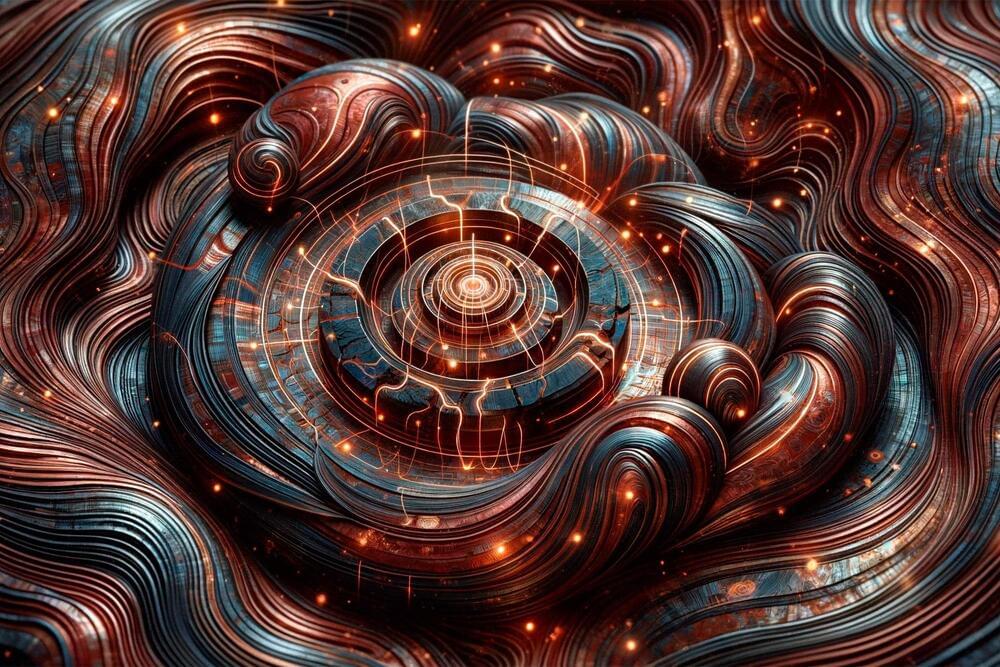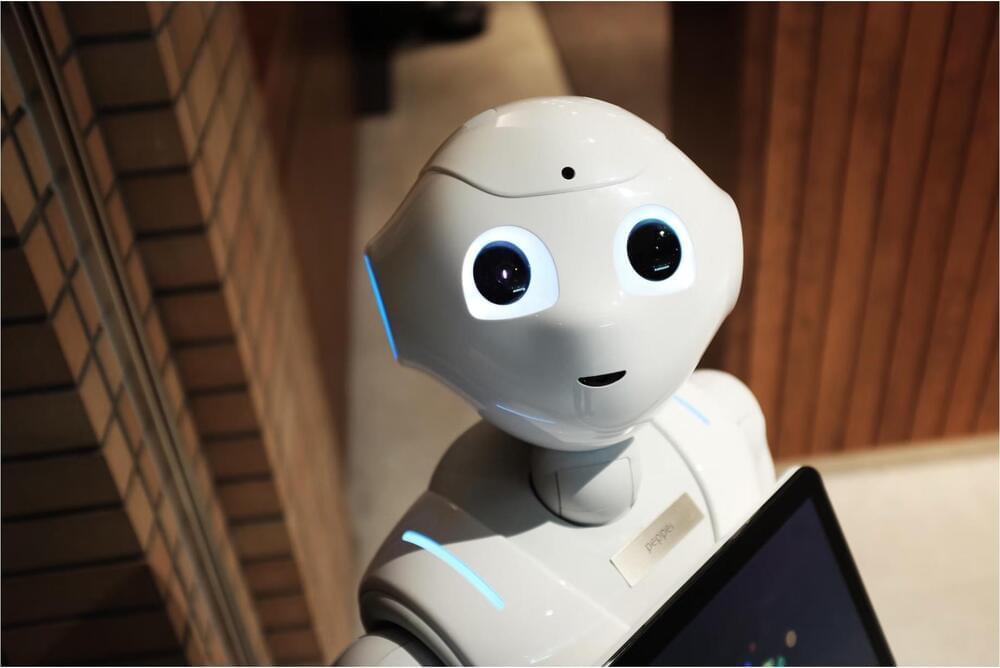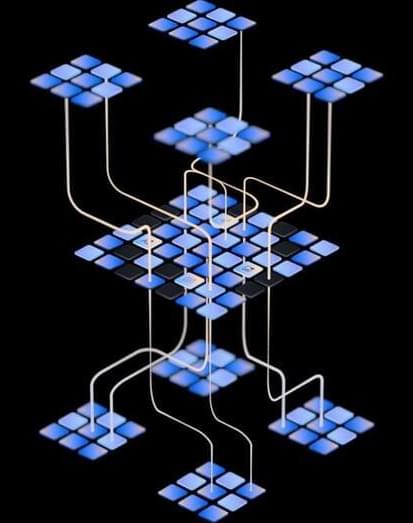The Sentis Brain Animation Series takes you on a tour of the brain through a series of short and sharp animations. The fourth in the series explains how our most complex organ is capable of changing throughout our lives. This inspiring animation demonstrates how we all have the ability to learn and change by rewiring our brains. Who is Sentis? We are a global team assisting individuals and organisations change their lives for the better. The human mind is our focus and we believe the mind is an individual’s most important performance tool. We are the world leaders in the application of psychology and neuroscience to safety, leadership development, and wellbeing in the workplace. The Sentis Brain Animation Series is the intellectual property of Sentis Pty Ltd and only approved for third party use under a formal licensing agreement.
Get the latest international news and world events from around the world.
Tesla’s Dojo Supercomputer Gets New Leader: Peter Bannon
Bloomberg’s Mark Gurman breaks down what Dojo supercomputer project lead Ganesh Venkataramanan’s departure means for Tesla on Bloomberg Radio ——– Get more on The Tape Podcast On Apple: http://bit.ly/3YrBfOi On Spotify: http://bit.ly/3SPPZ8F Anywhere: http://bit.ly/43hOc0r
New Technique To Reveal Virtual Particles
Give science some understanding on Brilliant! First 200 to use our link https://brilliant.org/sabine will get 20% off the annual premium subscription. My favo…

Magnetic Revolution: Diamonds and Rust Rewrite Physics Textbooks
Cambridge researchers have identified magnetic monopoles in hematite, suggesting new possibilities for advanced, eco-friendly computing technologies. This first-time observation of emergent monopoles in a natural magnet could unlock new avenues in quantum material research.
Researchers have discovered magnetic monopoles – isolated magnetic charges – in a material closely related to rust, a result that could be used to power greener and faster computing technologies.
Researchers led by the University of Cambridge used a technique known as diamond quantum sensing to observe swirling textures and faint magnetic signals on the surface of hematite, a type of iron oxide.

AI opens a path to a better understanding of changes in the brain
Brain networks are often represented by graph models that incorporate neuroimaging data from MRI or CT scans to represent functional or structural connections within the brain. These brain graphs can be used to understand how the organ changes over time.
Traditionally, however, these models treat the brain graphs as static, which can miss or ignore underlying changes that could signal the onset of disease or neurological disorders.
A collaborative team of researchers led by Lifang He, an assistant professor of computer science and engineering at Lehigh University, recently received a $1 million grant from the National Science Foundation, with $300,000 going to Lehigh, to develop new methods for modeling the dynamics of brain graphs using artificial intelligence that will generate more accurate, interpretable, and fair predictions when it comes to disease.



Beyond Einstein: A Solution to One of the Great Mysteries of Cosmology
Study by the Universities of Bonn and St. Andrews proposes a new possible explanation for the Hubble tension.
The universe is expanding. How fast it does so is described by the so-called Hubble-Lemaitre constant. But there is a dispute about how big this constant actually is: Different measurement methods provide contradictory values. This so-called “Hubble tension” poses a puzzle for cosmologists. Researchers from the Universities of Bonn and St. Andrews are now proposing a new solution: Using an alternative theory of gravity, the discrepancy in the measured values can be easily explained — the Hubble tension disappears. The study has now been published in the Monthly Notices of the Royal Astronomical Society (MNRAS).
Understanding the Universe’s Expansion.
